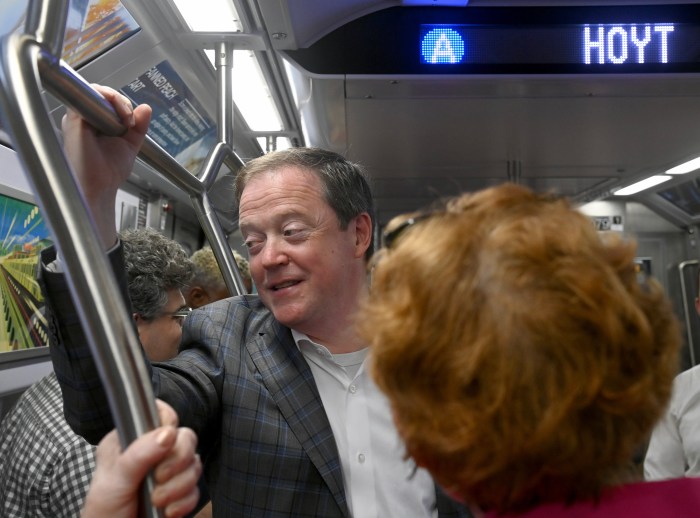In the tiny town of Jun, Spain, (population: 3,000) meeting rooms in city hall have their own Twitter accounts. When residents want to reserve them, they send a direct message via Twitter; when it’s time, the door to the room unlocks automatically in response to a tweet. Jun’s mayor, Jose Antonio Rodriguez, says he coordinates with other public servants via Twitter. Residents routinely tweet about public services, and city hall answers. Every police officer in Jun has a Twitter handle displayed on his uniform.
Now the New York Police Department, the largest in the United States, is starting a broad social media initiative to get every precinct talking and listening online via Twitter, to both serve citizens and manage police personnel. The question is whether the kind of positive, highly local responsiveness the residents of Jun expect is possible across all parts of local government – not just from the police – in a big city. If it works, the benefits to the public from this kind of engagement could be enormous.
In the age of Michael Brown’s death in Ferguson, Missouri, and Eric Garner’s in New York, when police abuses can be easily documented by citizens wielding smartphones, relationships between police departments and the communities they serve can quickly become strained. And social media use by the police runs the risk of being initially dismissed as a publicity stunt. But after decades of losing the trust of important New York City communities, this step may help the department gain civic support.
There will be bumps along the way. Last spring, the NYPD kicked off a social media campaign, asking people to share photos accompanied by the Twitter hashtag #myNYPD. Within 24 hours the hashtag was famous worldwide, as activists posted pictures of clashes between residents and the police. But Commissioner Bill Bratton brushed off the criticism, calling the pictures old news and saying the media event was not going to cause the NYPD to change its plans to be active on social media. “I welcome the attention,” he said.
Bratton will roll out a long list of social media efforts in the coming months. The NYPD is training its dozens of commanding officers to understand and use Twitter on their own, both to ask questions and to respond timely to comments and concerns.
For example, police in New York City spend a lot of time looking for missing people; now they will be able to get assistance from eyes on the street.
As Boston’s experience with the marathon bombing showed, Twitter can be extraordinarily useful in getting the word out about public safety dangers. And businesses already know that a customer service function using Twitter can increase the likelihood that problems will be identified early before they fester; now block-by-block engagement by police online can help communities operate on a playing field that will be more level than before.
There are several layers of trust wrapped up in this approach. For starters, the NYPD is trusting its officers to speak independently, beginning by providing training about what Twitter does and how its natives act. The people of the city will need to trust that these voices are authentic and that someone is paying attention to concerns they tweet back.
The risks are real: If the police fail to focus on the customer service side of their Twitter engagement, they will be worse off than if they had never chosen to use Twitter in the first place. By opening dozens of local public Twitter channels run personally by precinct commanders, the NYPD can expect a deluge of interaction that the police will need to respond to in order to have this effort not backfire.
The big idea here goes far beyond broadcasting tweets about bike safety campaigns, as the NYPD seems to understand. The goal is to thicken the web of democracy by using the electronic layer of life to enable genuine responsiveness. That is where civic trust will come from.
When the only visible interaction between local government and citizen comes at the moment of conflict (or the moment of paying taxes), an opportunity for understanding and connection has been lost. The relationship is thin, tenuous, and subject to dramatic misunderstanding and lack of trust.
To build the citizen support that they need – and to get the information they need to be effective – local governments will have to give their employees the discretion to question and to respond with their own voices online. The hamlet of Jun has managed it; the NYPD is taking its first tentative steps down this path. Now we need to see far more engagement from all areas of local government.
Susan Crawford, the John A. Reilly visiting professor in intellectual property at Harvard Law School, is the author of “Captive Audience.”

















